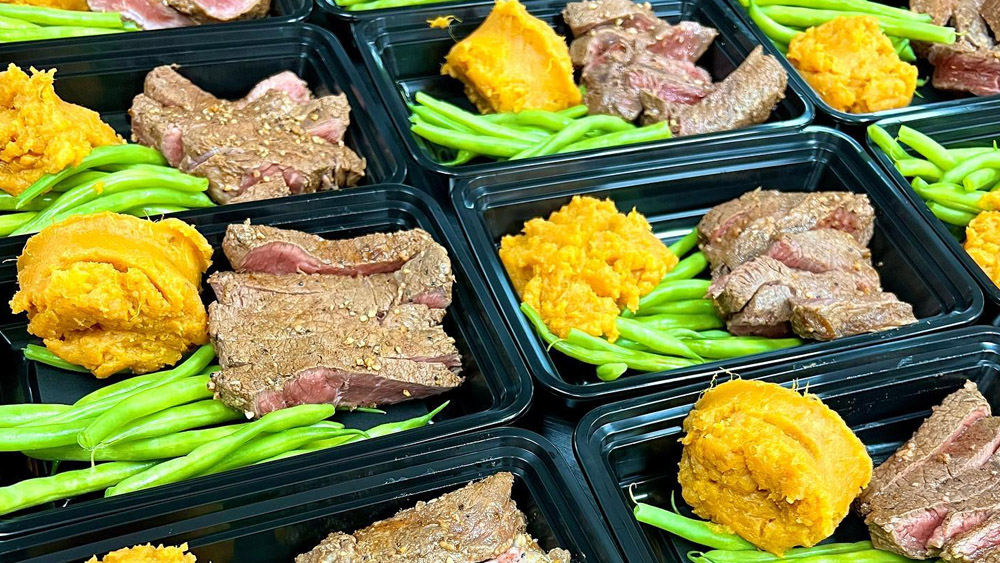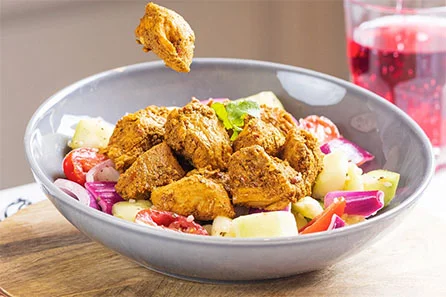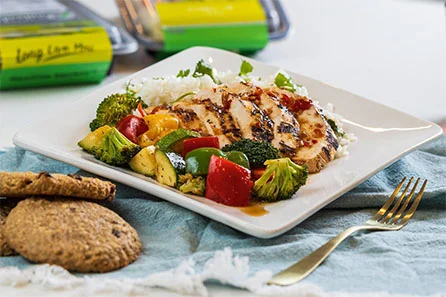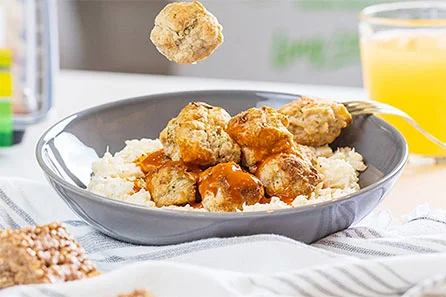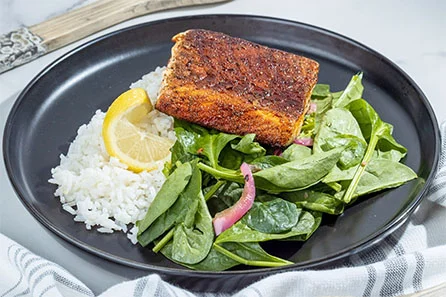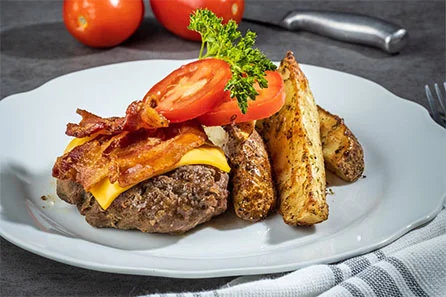Planning ahead is essential for a healthy and stress-free lifestyle.
Meal prepping is one of the best ways to save time throughout the week and ensure that you're always eating nutritious, delicious meals. However, before you start meal prepping it's important to know which foods are best suited for this method of food preparation. In this article, we'll explore the best foods for meal prepping and provide some tips for creating a variety of meals with these staples. Ready to get started? Let's go!
Meal Prep 101:
Meal prepping is a great way to save time and energy when it comes to your weekly meals. It can also help you stay on track with healthy eating habits, as you’ll have nutritious meals at the ready whenever hunger strikes. The best foods for meal prepping depend largely on personal preference and dietary needs, but some staples include proteins like chicken, fish, and tempeh; grains such as quinoa or brown rice; and vegetables that can be roasted or cooked in a skillet. Soups, salads, and wraps are also great options to prep in large batches.
What Is Meal Prepping?
Meal prepping is the process of planning out your meals in advance and prepping the ingredients so they’re ready to be cooked and served. This can involve anything from portioning out individual servings of cooked proteins, preparing a week’s worth of salads, or pre-cooking grains and legumes for easy reheating throughout the week. Meal prepping is a great way to save time and money, as it allows you to buy in bulk and plan ahead for the week.
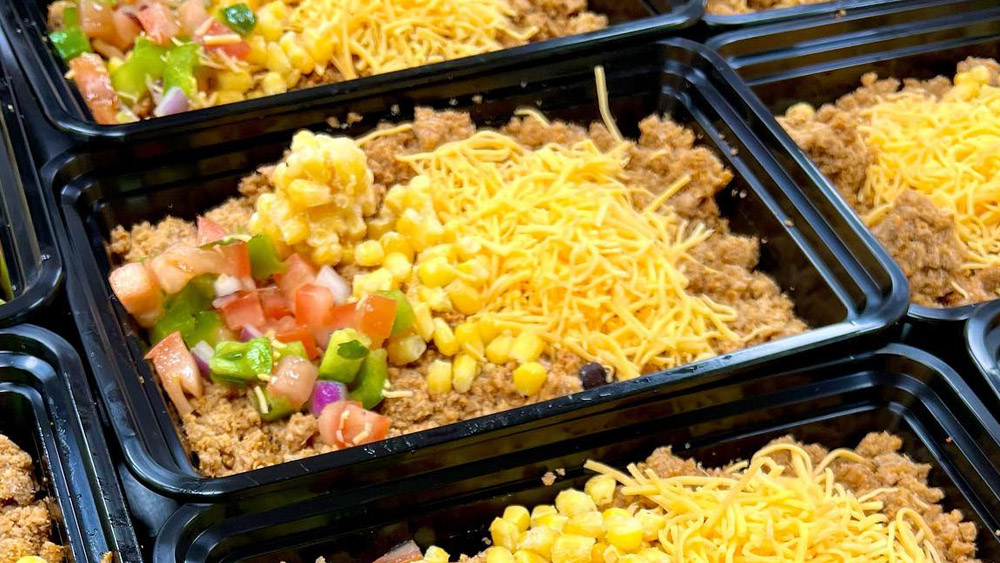
The Best Foods for Meal Prepping:
When it comes to meal prepping, some foods are better suited than others. Proteins such as chicken, fish, and tempeh are great for meal prepping because they can easily be cooked in advance and stored in the refrigerator or freezer until needed. Grains such as quinoa and brown rice are also excellent meal prepping staples, as they cook quickly and can be paired with vegetables or proteins to create a balanced meal.
Vegetables are another important part of meal prepping. Roasting vegetables in the oven is an easy way to prepare them for the week ahead, while cooking vegetables in a skillet ensures that they’re cooked quickly and evenly. Soups, salads, and wraps are also great meal prepping options; these can be made in large batches and stored in airtight containers for easy reheating throughout the week.
Finally, condiments and sauces can take your meal prep to the next level. Having a variety of salad dressings, marinades, and sauces can make the same meal feel new and exciting each time.
Tips for Creating Delicious Meals with the Best Foods for Meal Prep:
Now that you know which foods are best suited for meal prepping, let’s discuss some tips for creating delicious meals with these staples. Start by planning out your meals for the week and grocery shopping accordingly. If you’re feeling overwhelmed, start small; instead of trying to prep all your meals for the week in one day, pick a few to focus on each day.
Once you’ve prepped your ingredients, get creative with how you combine them. Try to use different proteins and vegetables in each meal, and don’t be afraid to experiment with flavors. A few tablespoons of herbs or spices can go a long way in transforming the same meal into something new and exciting.
Finally, make sure to store your meals properly so they stay fresh. Use airtight containers or resealable bags to store your meals in the refrigerator or freezer, and label them with the date so you know when they were made.
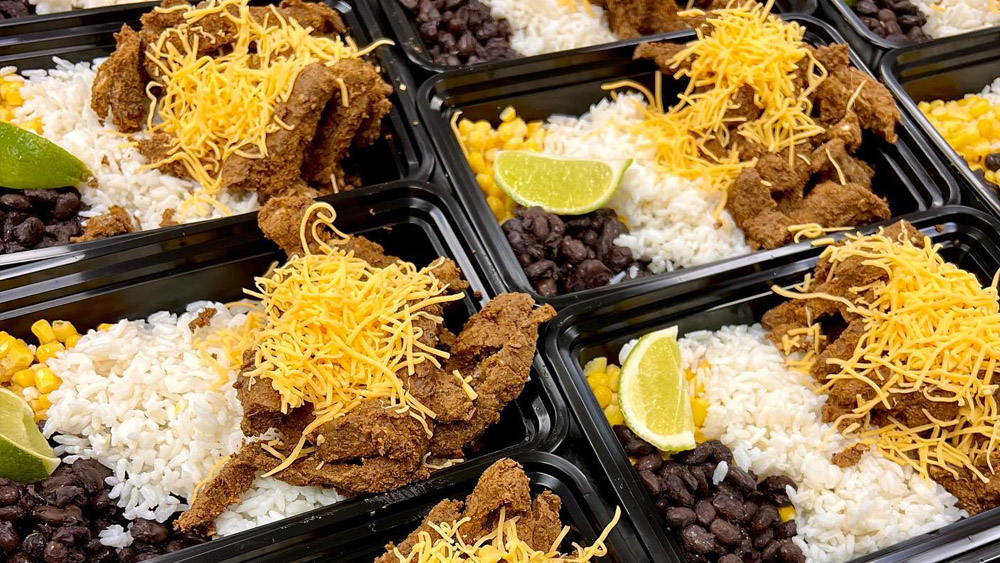
Make Your Health a Priority:
Meal prepping is a great way to save time and money while ensuring that you have nourishing meals on hand. The best foods for meal prepping depend largely on personal preference and dietary needs, but some staples include proteins like chicken, fish, and tempeh; grains such as quinoa or brown rice; vegetables that can be roasted or cooked in a skillet; soups, salads, and wraps; and condiments and sauces. With a little planning, creativity, and storage know-how, you can create delicious meals with these best foods for meal prepping!

